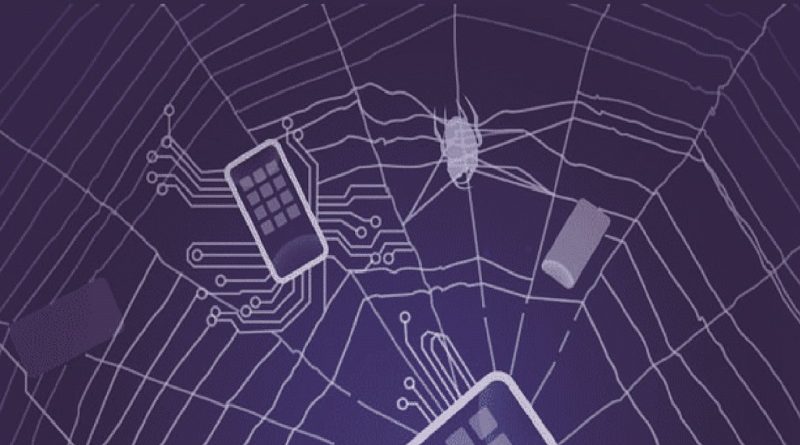Security and Observability for Cloud Native Platforms Part 1
This article comprises three parts. We first introduce what a cloud native platform is with a deep dive into Kubernetes (K8s), which is the most popular open-source solution to container orchestration. Then, we discuss the threat landscape and overall security framework for mitigating the corresponding risks. The last part of the article focuses on monitoring and observability using the extended Berkeley Packet Filter (eBPF) technology.
Read more









